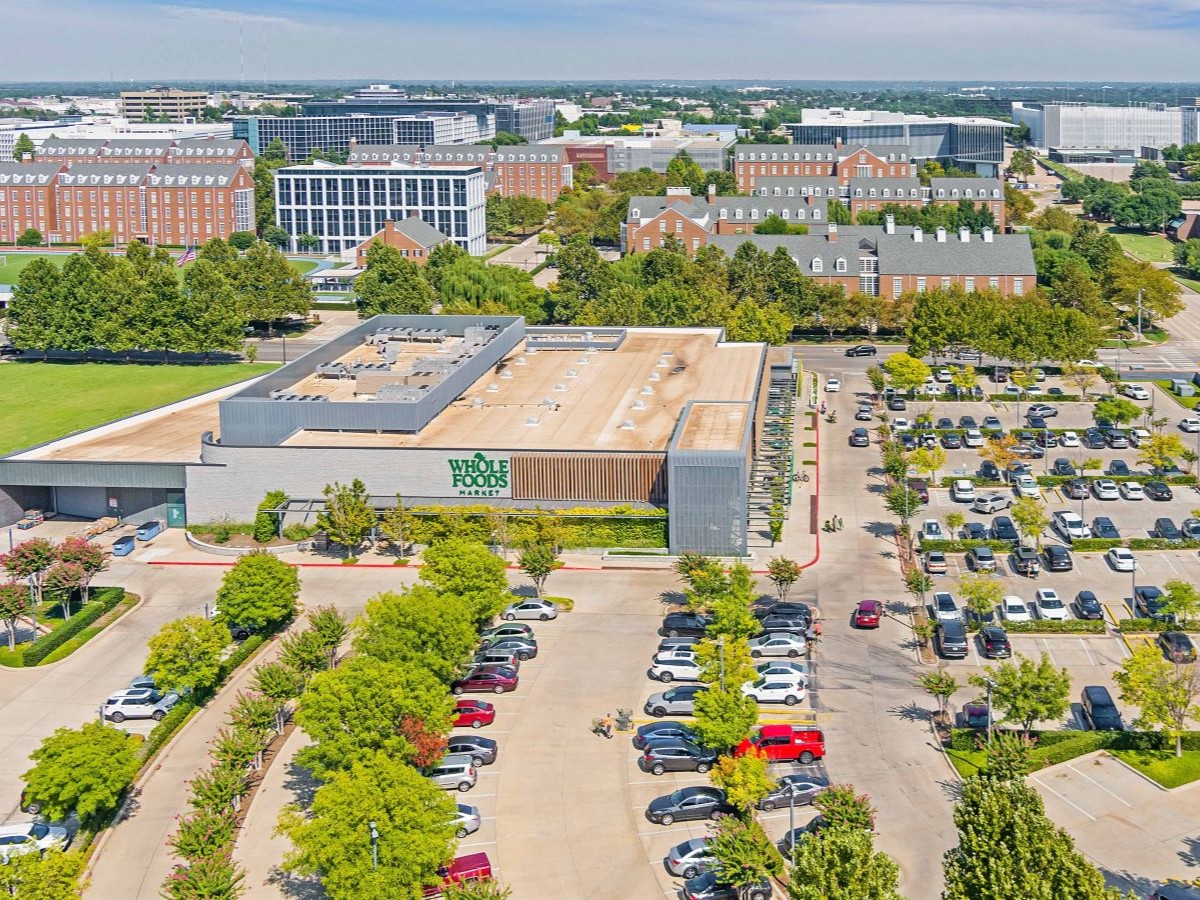Frank Crivello: The Inflation Reduction Act’s Impact on the Supply Chain
Incentives for cleaner vehicle fleets, greener manufacturing and sustainable industrial buildings are among the advantages brought on by the new legislation.
 When the Inflation Reduction Act (IRA) was signed into law by President Biden on August 16, 2022, it was hailed as landmark legislation to combat the country’s deficit and lower inflation, all while promoting growth in domestic manufacturing and clean energy usage. But, despite its name, the legislation came about in response to more than rising inflation.
When the Inflation Reduction Act (IRA) was signed into law by President Biden on August 16, 2022, it was hailed as landmark legislation to combat the country’s deficit and lower inflation, all while promoting growth in domestic manufacturing and clean energy usage. But, despite its name, the legislation came about in response to more than rising inflation.
After years of supply chain instability spurred by trade wars and the COVID-19 pandemic, lawmakers were motivated to seek solutions that could improve the resilience of the U.S. supply chain in key areas. Furthermore, the growing threat of climate change and its projected impact on supply chains made that factor a key consideration in conversations about supply chain resilience.
How Will the Inflation Reduction Act Change the Supply Chain?
The IRA’s sustainability-related incentives will impact the supply chain, logistics, and transportation sectors in various ways. Here are some changes you will begin seeing in 2023 due to this legislation.
Cleaner Vehicle Fleets
Fleet managers have historically found it difficult to justify the high capital expenditure for purchasing low-emission trucks compared to less-expensive, traditional diesel-powered options. After all, a long-haul Class 8 electric truck can cost nearly $500,000—roughly four times that of a traditional internal combustion Class 8 truck. While the financial benefits of low-emission trucks come across their lifecycle, that can be a difficult story to sell to the CFO.
The IRA provides up to a $40,000 tax credit per electric truck, which can help to take some of the sting out of the high price tag—especially when combined with other federal and state tax credits. For example, New York and California offer six-figure tax credits for some heavy-duty electric truck purchases. However, perhaps more valuable for fleet owners is the $100,000 tax credit per charger the IRA provides for fleet owners that choose to install their own charging infrastructure.
On a related note, the IRA also earmarks $3 billion to ports to fund human-operated, zero-emission equipment. This funding could lead to more zero-emission forklifts and terminal tractor fleets for moving cargo around marine terminals.
Greener Manufacturing
The IRA offers significant tax credits and funding allocations for clean technologies, also known as green manufacturing. The IRA’s attempt to push U.S. businesses toward renewable energy sources will spur demand for battery storage, windmills, solar panels, and related components. Lawmakers recognized that the domestic supply chain for renewables has historically been weak. To fix this, the IRA incentivizes green manufacturers and supply chain stakeholders to establish operations in the U.S. to bolster that supply chain area.
When considered in conjunction with the bipartisan CHIPS and Science Act that the President signed into law just before the Inflation Reduction Act, there are significant opportunities in numerous manufacturing sectors. The CHIPS and Science Act seeks to expand domestic capabilities for producing semiconductors, computer memory chips, and other high-tech goods.
Sustainable Industrial Buildings
The Inflation Reduction Act may inspire industrial building owners to add green improvements to existing properties. Similarly, developers should consider how such additions to new structures will increase the functionality and value of new buildings. In addition, tenants will increasingly demand sustainable features in warehouses and factories.
For example, the Investment Tax Credit (ITC) for solar panels has been significantly extended thanks to funding from the IRA. As a result, solar panels installed before 2033 are eligible for a tax credit amounting to 30 percent of the total cost of installation. Alternatively, businesses could claim the Production Tax Credit, which offers a tax credit per kilowatt-hour for the first 10 years of operation for a new solar panel system.
The IRA also expanded and improved the Energy Efficient Commercial Buildings Deduction, which can be claimed by increasing the energy efficiency of a commercial building by 25 percent or more through improvements to interior lighting, HVAC, building envelopes, and more.
About Phoenix Investors
Founded by Frank P. Crivello in 1994, Phoenix Investors and its affiliates (collectively “Phoenix”) are a leader in the acquisition, development, renovation, and repositioning of industrial facilities throughout the United States. Utilizing a disciplined investment approach and successful partnerships with institutional capital sources, corporations and public stakeholders, Phoenix has developed a proven track record of generating superior risk adjusted returns, while providing cost-efficient lease rates for its growing portfolio of national tenants. Its efforts inspire and drive the transformation and reinvigoration of the economic engines in the communities it serves. Phoenix continues to be defined by thoughtful relationships, sophisticated investment tools, cost efficient solutions, and a reputation for success.







You must be logged in to post a comment.